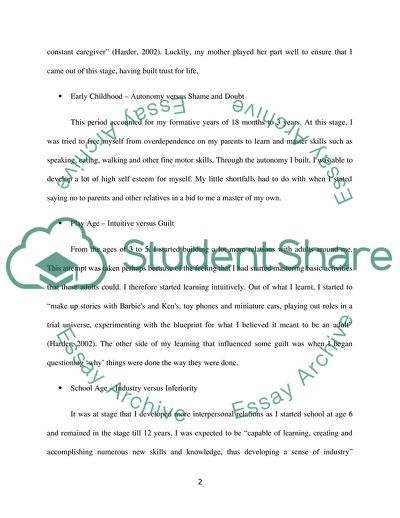Cite this document
(My Personal Portrait Statement Example | Topics and Well Written Essays - 1750 words, n.d.)
My Personal Portrait Statement Example | Topics and Well Written Essays - 1750 words. https://studentshare.org/professional/1756333-personal-portrait
My Personal Portrait Statement Example | Topics and Well Written Essays - 1750 words. https://studentshare.org/professional/1756333-personal-portrait
(My Personal Portrait Statement Example | Topics and Well Written Essays - 1750 Words)
My Personal Portrait Statement Example | Topics and Well Written Essays - 1750 Words. https://studentshare.org/professional/1756333-personal-portrait.
My Personal Portrait Statement Example | Topics and Well Written Essays - 1750 Words. https://studentshare.org/professional/1756333-personal-portrait.
“My Personal Portrait Statement Example | Topics and Well Written Essays - 1750 Words”. https://studentshare.org/professional/1756333-personal-portrait.


